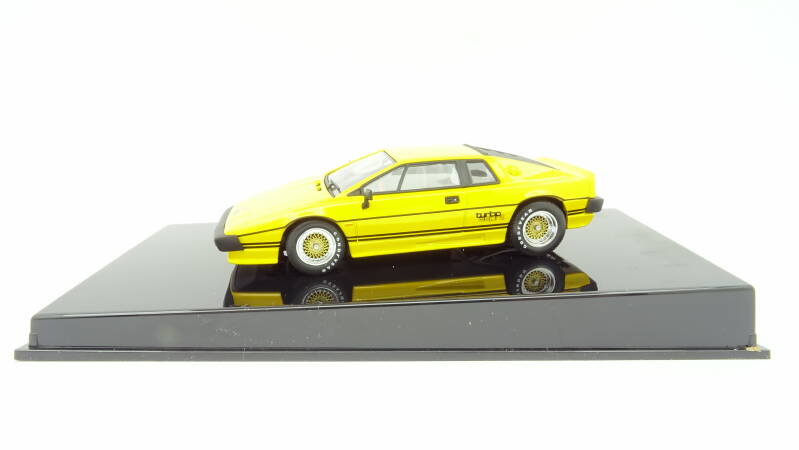

There are many different theories as to how Lotus got its name. The more obvious guesses include references to the lotus fruit, which evokes dreaminess, and the lotus flower, which is prominent in Buddhism and Hinduism. It has been rumored that Chapman often said, “us lot,”.
Lotus Cars is a British automotive company that manufactures sports cars and racing cars in its headquarters in Hethel, United Kingdom. Lotus Cars are based at the former site of RAF Hethel, a World War II airfield in Norfolk. The Lotus Engineering Company was founded by Colin Chapman and Michael Allen in 1952. However, the partners split ways within the same year, and so The Lotus Engineering Company Limited was formed by Colin Chapman and his girlfriend.


Headquarters: Hethel, United Kingdom, 1952-1983

Parent: Wickens Engineering, Worcester, UK, 1983-1986

Parent: General Motors, Detroit, Michigan, United States, 1986-1993

Parent: A.C.B.N. Holdings, Luxemburg, 1993-1996

Parent: Proton, Selangor, Malaysia, 1996-2017

Headquarters: Geelyt, Hangzhou, Zhejiang, China, 2017-now


europa

The Lotus Europa name is used on two distinct mid-engine GT cars built by British automobile manufacturer Lotus Cars. The original Europa and its variants comprise the Lotus Types 46, 47, 54, 65 and 74, and were produced between 1966 and 1975.
The name was later revived in the Type 121 Europa S, a sports car based on the Lotus Elise produced from 2006 to 2010.







esprit

The Lotus Esprit is a sports car that was built by Lotus Cars at their Hethel factory in England between 1976 and 2004. It was among the first of designer Giorgetto Giugiaro's polygonal "folded paper" designs. The Esprit was launched in October 1975 at the Paris Motor Show and entered production in June 1976, replacing the Europa in the Lotus model lineup.
































1948-1984
1984-1986
1986-1989
1989-2010
2010-2019
2019-now



















Create Your Own Website With JouwWeb